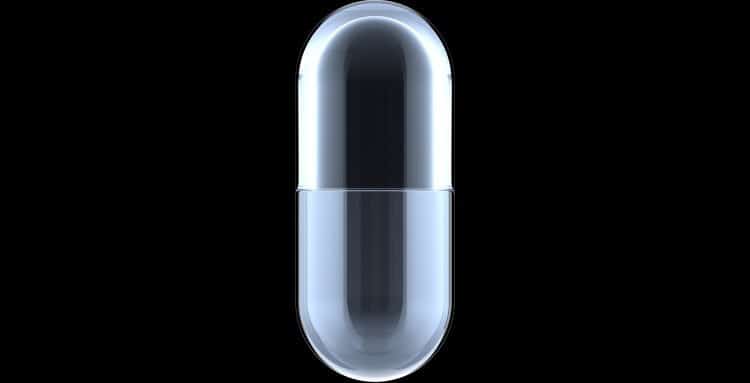Technology is rapidly offering us immersive media "experienced" firsthand: the advent of the "metaverse" has reignited interest in virtual and augmented reality technologies. However, there is a very underrated branch that will play its part in the future, especially in the medical field: it is telepresence.
Unlike virtual reality, which takes users into mostly simulated environments, telepresence (also known as telerobotics) uses remote robots to transport users (in this case doctors) to distant or inaccessible places, allowing them to look around and perform activities. complex.
The concept of telepresence dates back over 80 years, first introduced in “Waldo,” a science fiction story by Robert A. Heinlein. My personal idea of this dates back to childhood, when cartoons showed me little men (often bearded) traveling inside a human body to cure it.
Telepresence, from fiction to reality
Even today it still seems incredible, but know that a California startup just made a tiny robot “fly” inside the digestive system of a human being. The company is called Endiax, and currently appears to be one of the most advanced in the world. Before talking about his incredible progress, however, I would like to let you understand where they started from and how far these guys have already come.
The first prototypes of immersive telepresence date back over thirty years. It was 1991 and a NASA laboratory was testing some of the first prototypes of a system developed by Fake Space Labs and Telepresence Research. Today it would make you smile, but at the time it was impressive: it was a mobile robot with a camera system that sent stereoscopic images in real time. Take a look for yourself.
Now, if you consider that this stuff would fit in a truck, think about shrinking such a system to an easy-to-swallow size. In 1991 it was something beyond imagination. Rather, the initial goal of telepresence was to take humans to dangerous places: cleaning up nuclear accidents, repairing satellites or oil wells at the bottom of the ocean, etc.
Time, however, has brought other perspectives.
That's how we are done

Endiatx was just founded in 2019, and in just 3 years it has already created a tiny robotic drone that can be swallowed by a human and remotely piloted inside the stomach and other parts of the digestive tract. Known as PillBot ™, this prototype is, in fact, a tiny remote-controlled submarine that sends real-time video to a doctor's computer or phone. And it works: the research team started cautiously (performing tests on cadavers) and then proceeded quickly, calmly sending PillBot around inside living humans.
One of these is the CEO Torrey Smith, the first volunteer (in June 2020) to swallow the little robot for a journey inside his stomach. Oh well.
Since then, PillBots have traveled across miles of the digestive system, and if all goes smoothly, by 2024 these devices will give doctors a stable “telepresence” in patients' stomachs. It will allow them to be screened for ulcers, gastritis, cancer and other potential ailments.
A huge step forward
Think about people who go to the doctor with stomach pain. Instead of having a standard endoscopy procedure (which requires multiple visits and sedation) the tiny swallowable robot could save time, money and hassle by giving doctors a quick and easy way to look around the inside of their patient.
Not only that: it would provide much more flexible control than a traditional endoscope, as the Pillbot has the full 3D mobility of a tiny robotic submarine. If you look closely, it even has micromotors and tiny propellers. Crazy.

Faster, cheaper and more accurate projections
The state of the art today is that a robot pill like this can be produced at a cost of around €25 (but who knows how much), in a disposable version. Doctors can control them with a small controller, and soon they will be able to do so with the touchscreen of any cell phone. Ultimately they will represent a saving in both economic terms and human lives, allowing faster and cheaper screening.
The next steps in the short term? Allowing the robotic drone to take tissue samples and perform other small surgical tasks. What about the long-term ones?
The future of telepresence
Longer term, Endiatx's plan is to shrink the robotic drone to the size of a grain of rice, opening up observation capabilities that go well beyond the digestive tract. In the future, we will order such a gadget, we will connect with an app to a remote doctor, we will swallow this "robotic grain" and the doctor will give us a remote consultation. From his study to our stomach (or who knows what). More telepresence than that.
Now imagine a medical environment in 2050, with a doctor wearing a pair of glasses: our esophagus materializes in his eyes and around him. The doctor literally “travels” in our body. Decades later, science fiction becomes quite real.
Among the many feared dangers, something could also go the right way.


